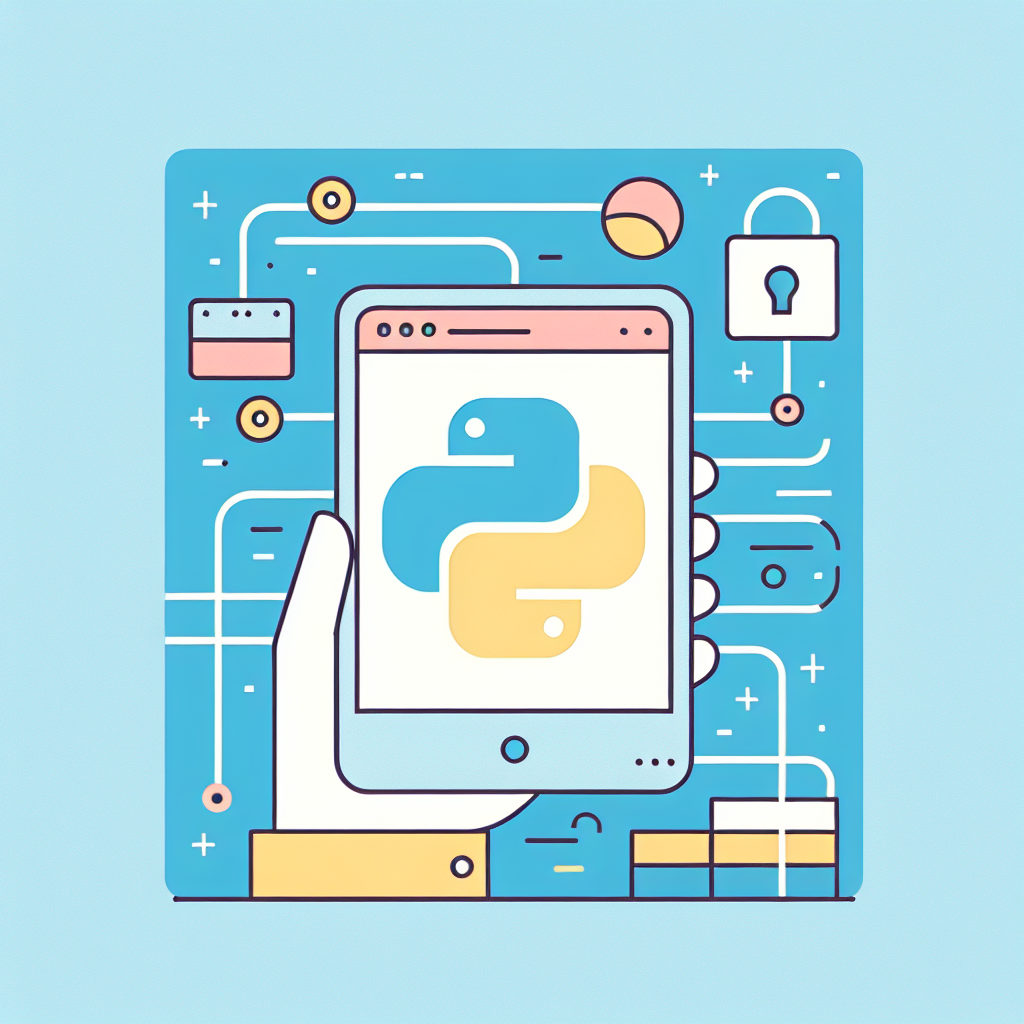Python to Go: Seamlessly Convert Code Instantly
Effortlessly convert Python code to Go with our intuitive tool. Enhance performance and compatibility with a seamless Python to Go transformation. Try it now!
Source Code
Converted Code
Output will appear here...
Python to Go is a powerful tool that seamlessly converts Python code to Go, enhancing performance and scalability for developers. Ideal for data scientists and software engineers, it streamlines the transition from prototyping to production, leveraging Gos efficiency. Boost your project’s speed and reliability with this essential Python-to-Go converter.

Python to Go: Bridging the Gap Between Two Powerful Languages Link to this section #
Transitioning code from Python to Go offers numerous advantages, such as enhanced performance and concurrency. The Python to Go tool facilitates this conversion efficiently, allowing developers to leverage Go's strengths while maintaining Python's simplicity.
Key Features Link to this section #
- Automated Conversion: Seamlessly translate Python syntax to Go, ensuring a smoother transition process.
- Error Detection: Identifies potential compatibility issues and provides suggestions for code optimization.
- Performance Insights: Offers analytics on how the conversion impacts runtime performance, helping you optimize further.
Benefits of Using Python to Go Link to this section #
- Improved Performance: Go's compiled nature offers faster execution times compared to Python's interpreted execution.
- Concurrent Operations: Go's goroutines enable efficient multitasking, ideal for handling numerous tasks simultaneously.
- Memory Efficiency: Go's garbage collection and static typing reduce memory footprint, making it suitable for large-scale applications.
How to Use Python to Go Link to this section #
- Install the Tool: Ensure you have Go installed. Then, download the Python to Go tool from its official repository.
- Prepare Your Python Code: Ensure your Python code is clean and well-commented for better conversion results.
- Run the Conversion:
This command will generate apython_to_go my_script.pymy_script.gofile in your directory. - Review and Optimize: Carefully review the output code and make necessary adjustments, especially for complex constructs.
Best Practices Link to this section #
- Test Thoroughly: Post-conversion, run comprehensive tests to ensure functionality remains intact.
- Leverage Community: Engage with the Go community for support and advanced optimization techniques.
- Iterate and Improve: Conversion is the first step; continuously refactor and improve the Go code for maximum performance.
By utilizing the Python to Go tool, developers can effectively harness the best of both languages, ensuring robust and efficient applications.
Frequently Asked Questions
What are the key differences between Python and Go?
Python is a dynamically typed, high-level programming language known for its simplicity and readability, making it ideal for data analysis, web development, and scripting. Go, or Golang, is a statically typed, compiled language designed for performance and efficiency, often used in systems programming and cloud services. Go emphasizes concurrency and scalability, which are valuable for networked applications.
How can I convert a Python program to Go?
Converting a Python program to Go requires rewriting the code in Go's syntax and paradigms. Start by identifying the program's logic and structure, then implement it in Go using its features like goroutines for concurrency and channels for communication. Be mindful of Go's strict type system and error handling mechanisms. Tools and libraries can help translate some functionality, but manual translation is often necessary to ensure optimal performance and adherence to Go's idioms.
Why would I choose Go over Python for a project?
Choosing Go over Python can be beneficial if your project demands high concurrency, performance, and scalability, such as in cloud services, microservices, or high-performance networking applications. Go's efficiency in handling multiple tasks simultaneously with minimal performance overhead makes it suitable for these scenarios. Additionally, Go's static typing and compilation provide benefits in terms of type safety and execution speed.